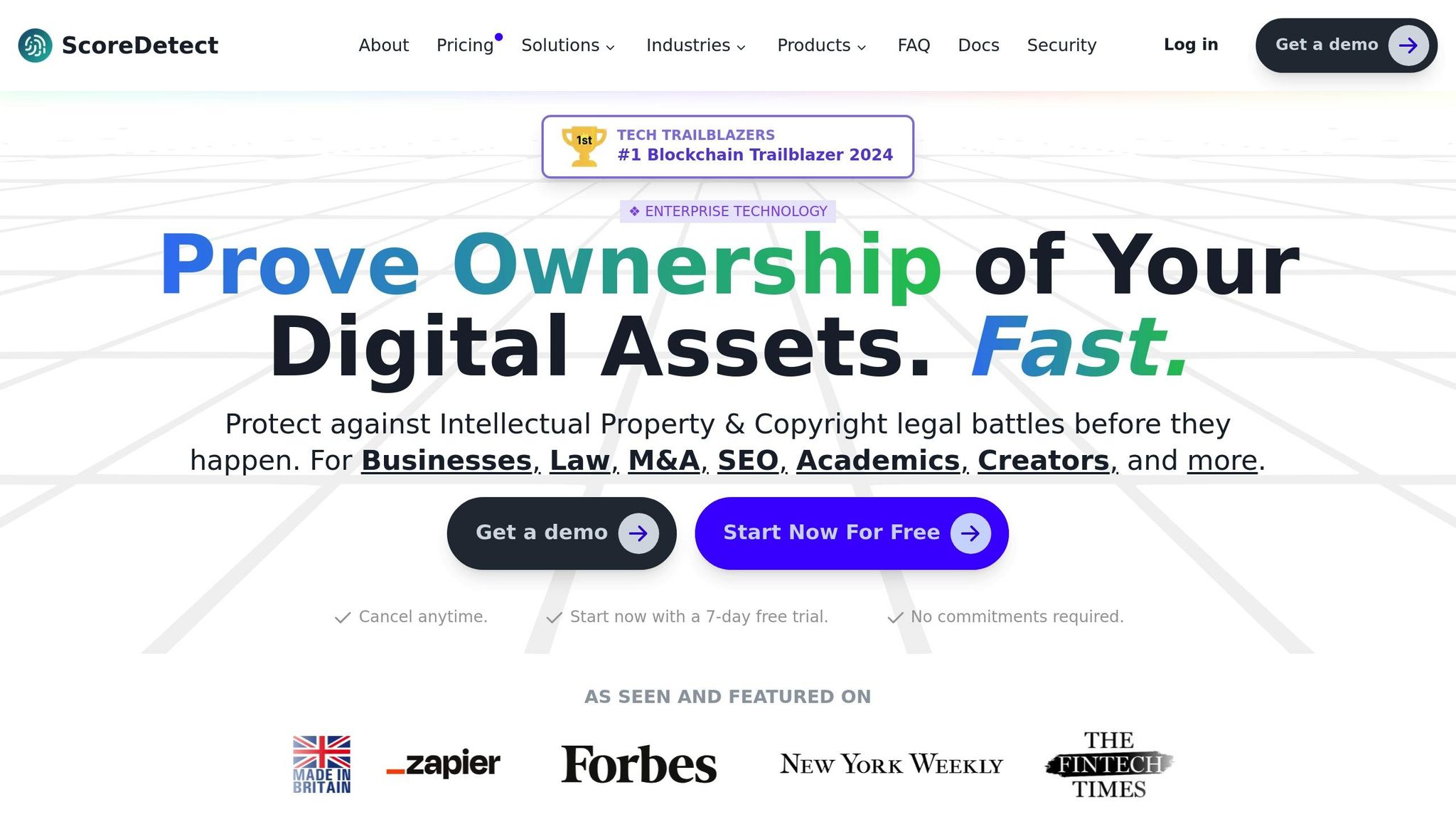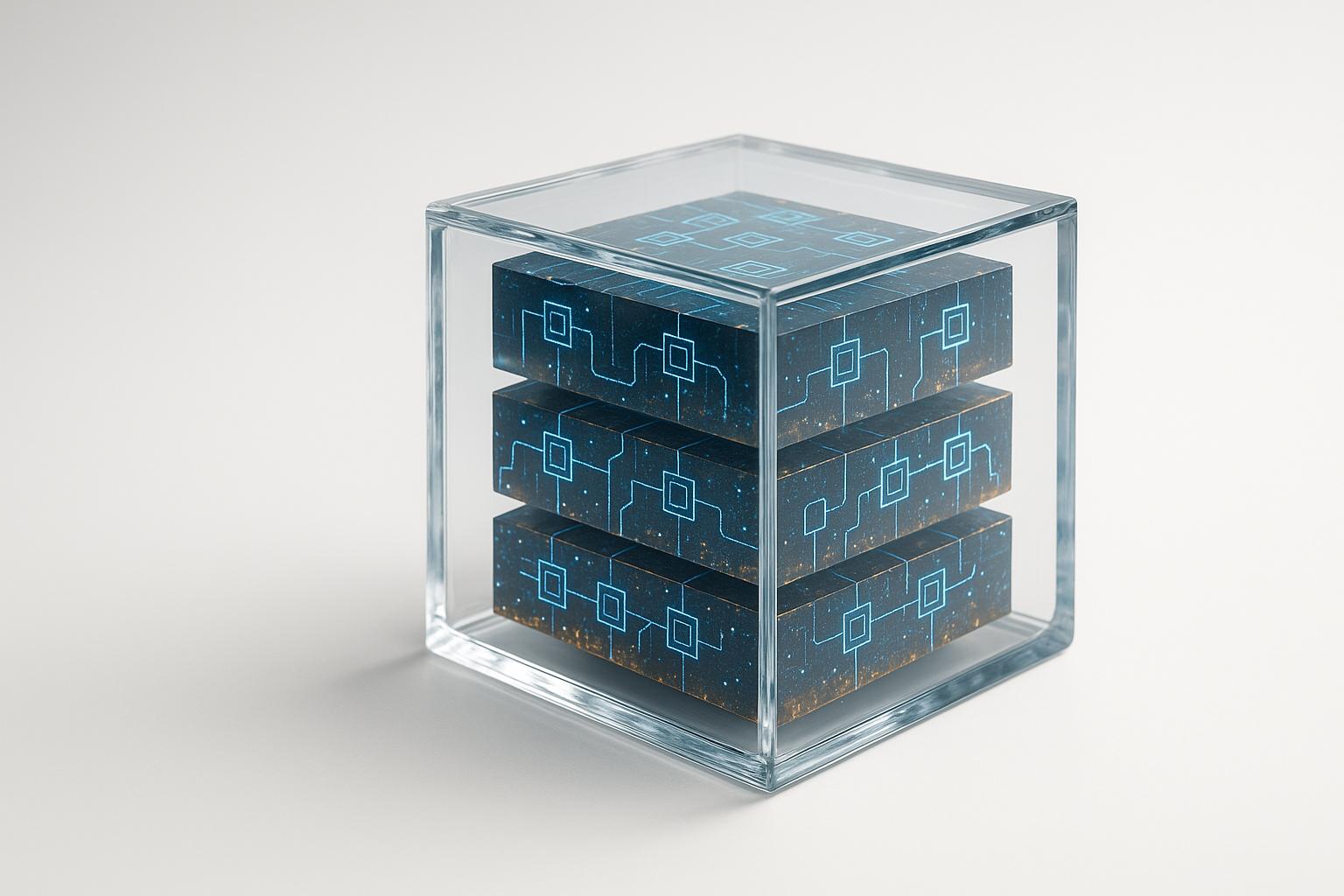Certificate Revocation Lists (CRLs) are like a "do-not-trust" list for digital certificates. They ensure revoked, expired, or compromised certificates are no longer trusted, protecting systems from potential security risks. Here’s a quick rundown:
-
What CRLs Do:
- Block revoked certificates to prevent tampering, unauthorized access, and attacks like man-in-the-middle.
- Maintain trust by verifying certificates’ validity before secure operations.
-
How They Work:
- CRLs list revoked certificates with details like serial numbers, revocation dates, and reasons.
- Systems check CRLs to confirm certificates are valid.
-
Challenges with CRLs:
- Performance Issues: Slow updates, large file sizes, and high network usage.
- Security Risks: Lagging updates, server outages, and privacy concerns.
-
Modern Alternatives:
- OCSP: Real-time certificate checks without downloading full CRLs.
- Short-Lived Certificates: Certificates with brief validity to reduce reliance on revocation lists.
- Blockchain-Based Solutions: Decentralized, fast, and eco-friendly verification systems like ScoreDetect.
Quick Comparison
| Feature | CRLs | OCSP | Blockchain-Based Solutions |
|---|---|---|---|
| Update Speed | Hours to days | Real-time | ~3 seconds |
| Verification Method | Centralized | Centralized | Decentralized |
| Efficiency | Bandwidth-heavy | Lightweight | Highly efficient |
| Scalability | Limited | Moderate | Distributed network |
CRLs are foundational but increasingly replaced by faster, scalable, and more secure systems like blockchain. These modern tools address CRL limitations while enhancing content security.
CRL Operation and Implementation
Parts of a CRL
A Certificate Revocation List (CRL) contains several key elements:
- Version Number: Indicates the format version of the CRL.
- Issuer Name: Identifies the authority that issued and signed the CRL.
- Last Update: The date and time the CRL was most recently published.
- Next Update: The scheduled date and time for the next CRL to be issued.
- Revoked Certificates: A detailed list of revoked certificates, including:
- Serial numbers of the revoked certificates,
- Dates when the certificates were revoked,
- Codes explaining the reason for revocation (e.g., key compromise, CA compromise, affiliation changes, certificate replacement, or cessation of operation).
It’s important to understand these components before diving into the process of certificate verification.
Certificate Verification Steps
To confirm whether a certificate is valid, follow these steps:
-
Initial Certificate Check
Look at the certificate’s expiration date and verify its digital signature. -
CRL Location Identification
Use Certificate Distribution Points (CDP) URLs to find the corresponding CRL. -
CRL Download and Verification
If the latest CRL isn’t already cached, download the newest version available. -
Serial Number Check
Compare the certificate’s serial number against the CRL. If the serial number is listed, the certificate is revoked. Otherwise, it remains valid. -
Additional Validation
Confirm the CRL’s authenticity by verifying its digital signature, checking its expiration date, and ensuring the issuer matches the certificate authority.
These steps are essential for ensuring the reliability of digital certificates. Modern platforms often enhance this process with extra security measures. For instance, ScoreDetect integrates blockchain technology with traditional certificate verification to create a tamper-proof record of content authenticity, offering an added layer of protection beyond standard CRL checks.
CRL vs. OCSP: Certificate Revocation Explained
CRL Limits and Problems
Certificate Revocation Lists (CRLs) are used to protect digital content by ensuring revoked certificates are no longer trusted. However, they face several challenges that make them less practical in today’s fast-paced digital environment.
Performance Issues
CRLs can significantly impact system performance due to:
- High Network Usage: To verify a single certificate, client systems must download the entire CRL, putting extra strain on network resources.
- System Slowdowns: As CRLs grow in size, verifying certificates becomes more time-consuming, leading to slower performance.
- Storage Demands: Large CRLs require frequent updates and take up valuable storage space on local systems.
These hurdles make CRLs less efficient, especially as the number of certificates continues to rise.
Security Risks
CRLs also come with potential security concerns:
- Delayed Updates: If there’s a lag in distributing updated CRLs, revoked certificates might still be accepted.
- Server Outages: If CRL servers go down, certificate verification can grind to a halt.
- Privacy Concerns: Publicly accessible CRLs could unintentionally reveal sensitive information about organizations.
Some platforms, like ScoreDetect, address these issues by using blockchain technology. This approach allows for real-time certificate verification without the need to download massive revocation lists, improving both efficiency and security.
sbb-itb-738ac1e
Other Certificate Verification Methods
Organizations are moving away from traditional Certificate Revocation Lists (CRLs) in search of faster, more reliable ways to verify certificates and maintain secure systems. Let’s take a closer look at some modern approaches.
OCSP Overview
The Online Certificate Status Protocol (OCSP) solves many of the issues associated with CRLs by enabling real-time certificate checks. Instead of downloading bulky revocation lists, OCSP allows systems to query a server for the status of individual certificates.
Why OCSP stands out:
- Real-Time Updates: Changes to certificate status are reflected immediately.
- Saves Bandwidth: Only the relevant certificate information is transmitted.
- Lighter Storage Needs: No need to store large revocation lists locally.
- Better Privacy: Queries are more targeted, revealing less about an organization’s certificate use.
Despite its advantages, OCSP isn’t perfect. High server loads during peak times can cause delays, and the system requires significant server resources to maintain its efficiency. This has led to the rise of another approach: certificates with shorter lifespans.
Time-Limited Certificates
Time-limited certificates take a different route by reducing the reliance on revocation systems altogether. These certificates are issued with short validity periods – sometimes just hours or days – making them a practical way to manage security.
Benefits of time-limited certificates:
- Simplified Revocation: Short lifespans naturally reduce the risk of prolonged exposure to compromised certificates.
- Automation-Friendly: Renewals can be handled automatically with modern tools.
- Improved Security: Even if a certificate is compromised, its short lifespan minimizes potential damage.
Some platforms are even integrating blockchain technology to further secure and streamline certificate management. For instance, ScoreDetect uses blockchain to accelerate certificate issuance and ensure their integrity. These advancements offer businesses a robust alternative to outdated CRL systems.
New Content Security Tools
The world of content security is moving beyond just certificate management systems. Today’s tools use cutting-edge technologies to provide stronger and more efficient ways to protect digital content.
Blockchain in Content Security
Blockchain technology is becoming a game-changer in content security. Why? It provides unchangeable records and a transparent, decentralized system for verification. Here’s how it helps:
- Permanent Records: Registers content with a timestamp that proves ownership and cannot be altered.
- Decentralized Verification: Transactions are validated by multiple nodes, ensuring trust.
- Instant Updates: Changes are reflected across the network immediately.
The SKALE blockchain stands out with its eco-friendly design and zero gas fees, enabling quick and seamless verification for digital content.
These blockchain features are powering new tools that are raising the bar in content security.
ScoreDetect Features

ScoreDetect blends blockchain technology with a user-friendly platform to deliver fast and reliable content protection. It creates blockchain-based verification certificates in about 3 seconds [1].
Here’s what makes it stand out:
- Wide Coverage: Protects social media posts, images, videos, and documents.
- Efficient Process: Verifies content without storing the actual digital files.
- Automated Integration: Connects with over 6,000 web apps using Zapier.
Industry professionals are already seeing the benefits. Kyrylo Silin, SaaS Founder and CEO, shares:
"With ScoreDetect, I can take pictures for my travel blog and be confident that nobody will claim them as theirs. I can always prove that I am the author."
Performance Highlights:
| Feature | Details |
|---|---|
| Creation Speed | ~3 seconds |
| Content Protection | Unlimited |
| Revision History | Unlimited |
| Certificate Duration | Unlimited |
| Integration Options | 6,000+ apps |
ScoreDetect is paving the way for faster, more secure, and more adaptable content protection solutions.
Summary: CRLs Today and Tomorrow
CRLs have long been a cornerstone of content security, but they face growing challenges in meeting modern demands. Certificate Revocation Lists (CRLs) struggle with slow updates and limited scalability, making them less effective in today’s fast-paced digital environment.
Blockchain technology is stepping in to address these issues. For example, ScoreDetect integrated with the SKALE blockchain in December 2023, offering zero gas fees and an eco-conscious approach to verification [1]. This shift tackles key CRL limitations, as shown in the table below:
| Feature | Traditional CRLs | Blockchain-Based Solutions |
|---|---|---|
| Update Speed | Hours to days | ~3 seconds |
| Scalability | Limited by servers | Distributed network |
| Verification Method | Centralized | Decentralized |
| Environmental Impact | Server-dependent | Eco-friendly (SKALE) |
The contrast is clear: blockchain solutions significantly outperform traditional CRLs. A 170% boost in verification speed reported in January 2024 [1] highlights just how effective these modern systems are. Joshua Chung, CEO of Startup Consultancy, shared his perspective:
"As a SaaS company owner, I find ScoreDetect to be a highly valuable tool for ensuring the integrity of our digital content." [1]
Looking ahead, the future of content security is taking shape with integrated systems. For instance, the February 2025 introduction of SEO Certificates Source URLs [1] will combine speed, dependability, and eco-conscious practices to safeguard digital assets. ScoreDetect’s proven advancements reinforce this shift to faster, more sustainable verification methods.
While CRLs may still find niche applications, the path forward clearly leans toward blockchain-based solutions that prioritize efficiency and environmental responsibility.

